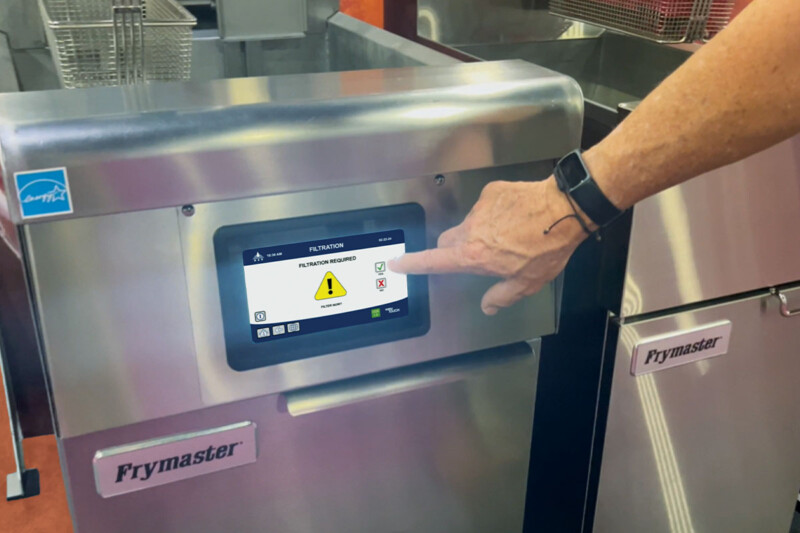Human error plays a big role in kitchen accidents. When the accident in question is fire, the potential for injury and loss skyrockets. According to a 2013 National Fire Protection Association study, some 57% of restaurant kitchen fires are caused by cooking equipment.
For Chip Norwood, Owner/Master Technician of Norwood’s Commercial Appliances, Boone, N.C.—who also is a Volunteer Certified Firefighter—reducing the number of preventable restaurant fires ranks high on his to-do list.
Norwood recounts two recent fire stories. At a family restaurant in Blowing Rock, N.C., the kitchen staff had been smelling gas every morning for a couple of days.
“They would just open up the doors to the kitchen before starting their day to dispel the smell,” Norwood says. “Then, just before dinner service one night, large flames shot out from behind a flattop griddle.” The kitchen cook used a K-type fire extinguisher to put out the fire, turned off the gas supply to the griddle and called Norwood’s company.
“I pulled the grill away from the wall and used a combustible gas leak detector,” Norwood says. “Once the gas was turned on, you could hear the leak in the flexible gas connector.” The fix was straightforward: replace the line, leak-test it and re-install a strain-relief cable— which was missing—to prevent the unit from being pulled too far from the wall, which weakens the line.
Norwood’s second story involved a call from a panicked owner who had just had a flash fire from a gas leak during the middle of a busy Saturday lunch service. The fire department was on scene and had turned off the gas.
“The owner needed us to come check out what piece of equipment was leaking and get the problem fixed so he could open for dinner,” Norwood says. “The kitchen staff described a loud boom and flash fire that rolled out from under the front of the hood.” It melted plastic light fixture covers in the kitchen ceiling, but went out on its own without the fire suppression system ever going off.
Norwood checked connections, gas lines and the manifolds on all gas equipment and found no leaks. But he did discover, on the floor behind the charbroiler, a can of multipurpose, non-stick pan coating with the pressure relief vents on the bottom blown outward.”We figured out that the can had been sitting on the front rail of the charbroiler during service prior to the fire,” he says. “The heat had caused it to over-pressurize and release its contents, which then flash-ignited.” The staff was educated on the use—and safe placement of—flammable pan-coating spray cans. Once the fire suppression system was checked by an authorized technician, the restaurant reopened in time for dinner.
RELATED CONTENT
- Advertisement -
- Advertisement -
- Advertisement -
TRENDING NOW
- Advertisement -
- Advertisement -
- Advertisement -


